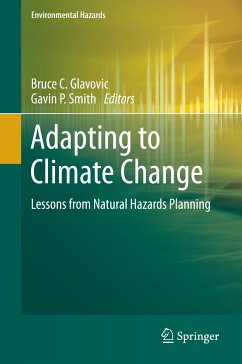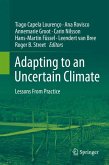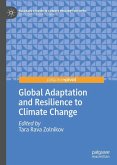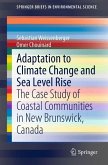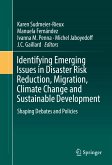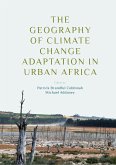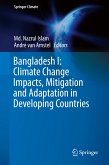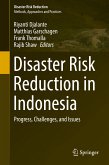"A theoretically rich and empirically grounded analysis of the interface between disaster risk management and climate change adaptation, comprehensive yet accessible, and very timely. Mark Pelling, Department of Geography, King's College London, UK
"This book represents a major contribution to the understanding of natural hazards planning as an urgent first step for reducing disaster risk and adapting to climate change to ensure sustainable and equitable development." Sálvano Briceño, Vice-Chair, Science Committee, Integrated Research on Disaster Risk IRDR, an ICSU/ISSC/ISDR programme. Former Director International Strategy for Disaster Reduction, UNISDR
"What a welcome addition to the young literature on climate adaptati
on and hazard mitigation! Bruce Glavovic and Gavin Smith each bring to the editing task a rare blend of solid scholarly attainment and on-the-ground experience that shines through in this extensively-documented synthesis of theoretical ideas from the realms of climate and hazards and their validation in a rich set of diverse case studies pulled in from around the world. This book should remain a classic for many years." William H. Hooke, American Meteorological Society
Dieser Download kann aus rechtlichen Gründen nur mit Rechnungsadresse in A, B, BG, CY, CZ, D, DK, EW, E, FIN, F, GR, HR, H, IRL, I, LT, L, LR, M, NL, PL, P, R, S, SLO, SK ausgeliefert werden.
"This edited volume begins with a thoughtful summary of current literature and thinking on climate adaptation. It focuses on interdisciplinary social sciences and will be a valuable reference for those who feel overwhelmed by this expansive, and continuously expanding, body of literature. ... It is an extremely useful volume for researchers and teachers." (Erin Bergren, Natural Hazards Observer, Vol. 34 (4), 2015)

